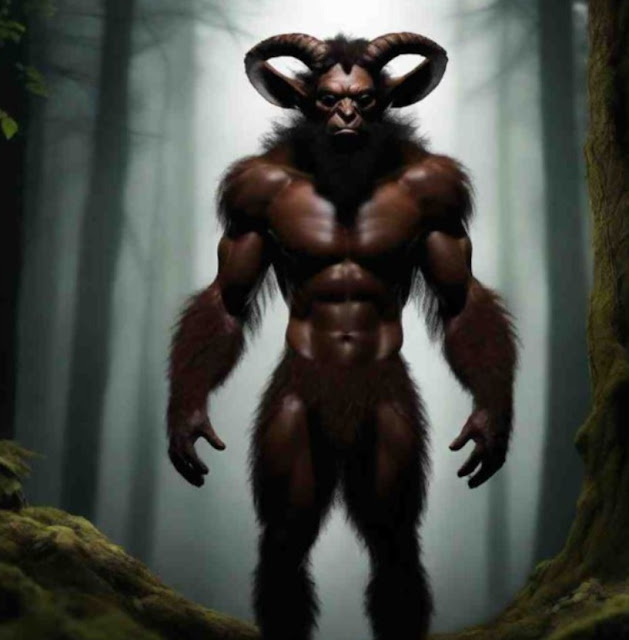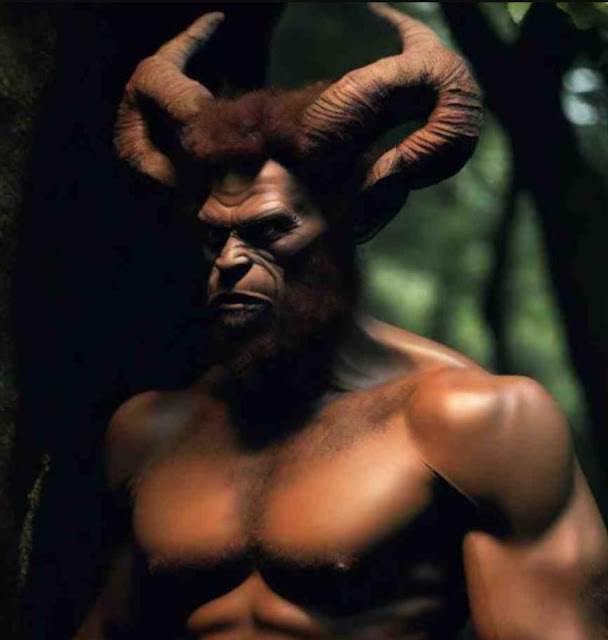Juan and the Buringcantada is a popular foltake in Bicol many versions are told. The adventures of Juan.
Buringcantada, a giant with one eye in the middle of his forehead and with two long tusks that projected from the sides of his mouth
Juan and the Buringcantada
Juan and the Buringcantada
Once upon a time, nestled in the enchanting mountains of Albay in the land of Bicol, there lived a humble couple blessed with a son named Juan. Tragedy struck their blissful abode when Juan's father departed from the world before the boy turned five. As Juan blossomed into adolescence, a curious trait emerged – he was incredibly lazy. Labor and toil held no appeal for him, and he declined to aid his mother in the daily quest for sustenance. Despite this indolence, Juan's mother cherished him dearly, shielding him from the harsh sun and allowing his lethargy to flourish. Each afternoon, while his kind-hearted mother worked diligently, Juan wandered through fields on aimless strolls. His mother, with a generous spirit, instilled in him the importance of aiding those in need. One fateful afternoon, Juan encountered two carabaos engaged in a fierce battle. Moved by his mother's teachings, Juan intervened to assist the wounded beast, only to be injured himself in the process. A passing stranger rescued him and took him to his home, leaving Juan's mother distressed at her son's recklessness. Upon recovery, Juan, driven by an insatiable desire for wealth, persuaded his mother to accompany him on a quest. Along their journey, they discovered a mystical axe, a long rope with mysterious potential, and a resonant drum by the riverbank. Undeterred by his mother's reservations, Juan collected these magical artifacts, convinced of their future use. Their adventure led them to a grand mansion after a week of wandering. Eager to explore its secrets, Juan, persistent as ever, persuaded his cautious mother to join him. The halls were adorned with flowers and leaves, but their attention was drawn to a peculiar hole in the dining-room ceiling. Juan devised a plan to hide in the ceiling, armed with the axe, the rope, and the drum. As they concealed themselves, a fearsome giant named Buringcantada, with a single eye in the center of his forehead and menacing tusks, entered the hall with his retinue. When dinner commenced, Juan, unable to contain himself, recited a magical incantation from the ceiling. The Buringcantada, enraged, demanded proof of Juan's presence. Displaying the magical artifacts, Juan astonished the giant. In a bid to terrify Juan, the Buringcantada requested the sound of his stomach. When Juan beat the drum, an otherworldly resonance sent the giant and his entourage fleeing in fear. Juan and his mother descended from their hiding place to discover the mansion filled with riches, left abandoned by the Buringcantada, who dared not return after the encounter with the enchanting duo. And so, Juan and his mother lived happily ever after in their newfound wealth, thanks to the magical journey that unfolded in the mystical land of Bicol.
Juan and the Buringcantada
Juan and the Buringcantada
Long ago deep within the haunting mountains of Albay in the Philippines, dwelled a desolate couple and their lone offspring, Juan. At the tender age of five, tragedy befell the family as Juan's father succumbed to the cruel hands of fate. Growing up, Juan metamorphosed into a lethargic soul, harboring an aversion to toil and an unwillingness to aid his mother in securing their meager sustenance. Despite his indolence, Juan basked in the unwavering love of his mother, who shielded him from the scorching sun, allowing his idleness to burgeon. Each afternoon, as his mother toiled, Juan would embark on aimless walks. A compassionate woman, she implored her son to assist anyone in need during his strolls. One fateful afternoon, witnessing a brutal clash between two carabaos, Juan, prompted by his mother's teachings, intervened to aid the dying beast. Yet, the very creatures turned on him, piercing his back with their formidable horns. A passing stranger discovered him and conveyed him to his abode. Learning of her son's foolhardiness, Juan's mother was overcome with distress. Recovering swiftly, Juan, driven by an inexplicable urge, beseeched his mother to accompany him in search of wealth. Reluctantly, she acceded to his persistent plea. Along their journey, they stumbled upon an ominous axe, wielded by Juan as a dark omen of the impending events. Further ahead, a lengthy rope obstructed their path; Juan insisted on claiming it, envisioning its future utility. Soon after, they encountered a foreboding riverbank, where a colossal drum lay in their path, tempting Juan to seize it. A week of wandering brought them to a looming mansion. Desiring to explore its mysteries, Juan persuaded his wary mother to join him. Inside, they discovered opulent decorations, but their attention was captivated by a hole in the dining-room ceiling. Juan devised a plan to hide within the ceiling to unveil the enigmatic owner. With axe, rope, and drum in tow, they ascended to their concealment. As fate would have it, the Buringcantada, a monstrous being with a single eye in the center of his forehead and menacing tusks protruding from his mouth, entered with his entourage. When dinner was served, Juan boldly recited an incantation from the ceiling. Enraged, the Buringcantada demanded proof of Juan's presence, prompting him to reveal the rope and the axe. In a crescendo of terror, Juan's mother urged him to stay still. The Buringcantada, astonished, insisted on hearing the sound of Juan's stomach. When Juan beat the drum, an unearthly resonance echoed, causing the entire assembly to flee in fear. With the Buringcantada and his retinue vanquished, Juan and his mother descended from their concealed perch. The mansion, now their sanctuary, harbored untold riches, while the Buringcantada's dwelling remained abandoned, haunted by the echoes of their supernatural encounter.
Juan and the Buringcantada
“Tawi cami
Sa quisami
Qui masiram
Na ulaman.”







.jpg)


.jpg)
.jpg)
.jpg)









